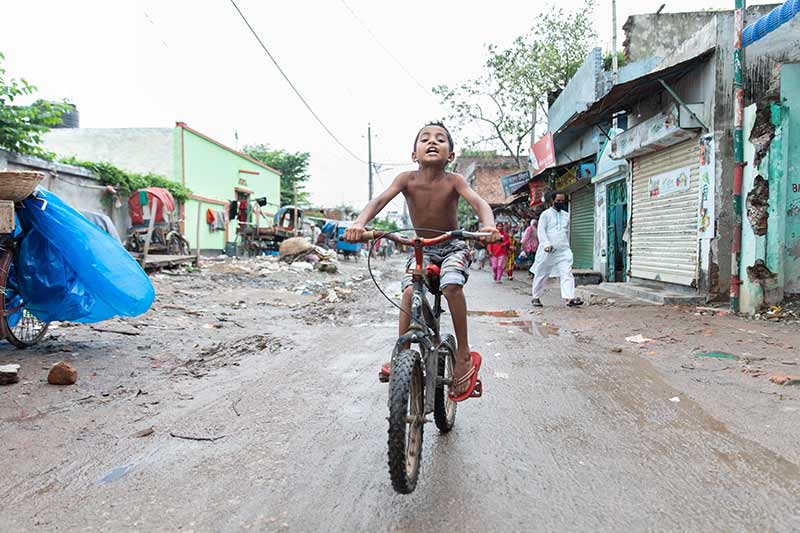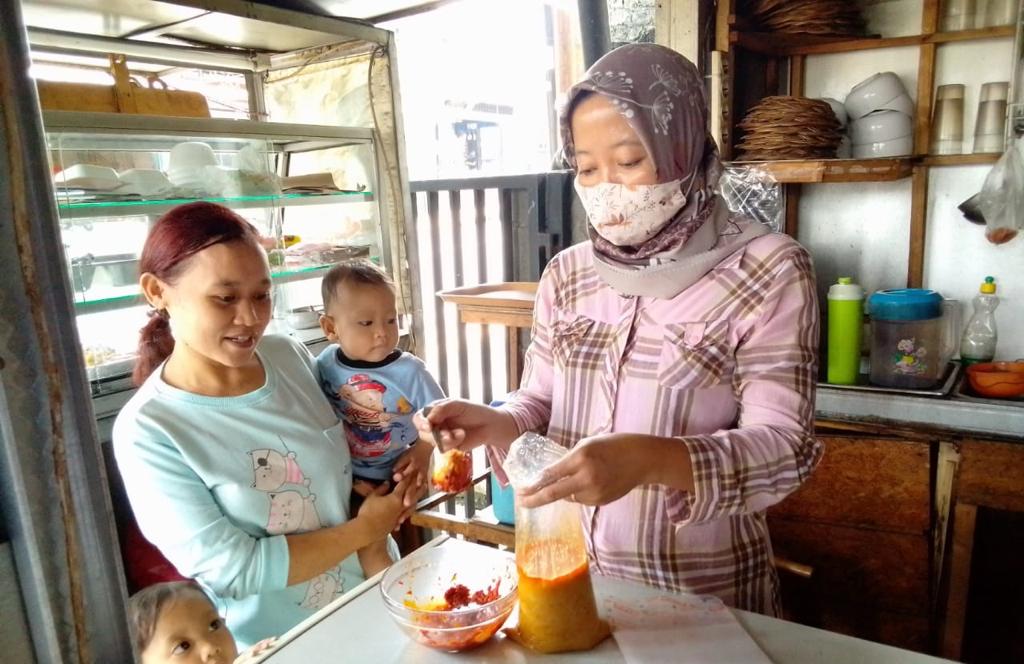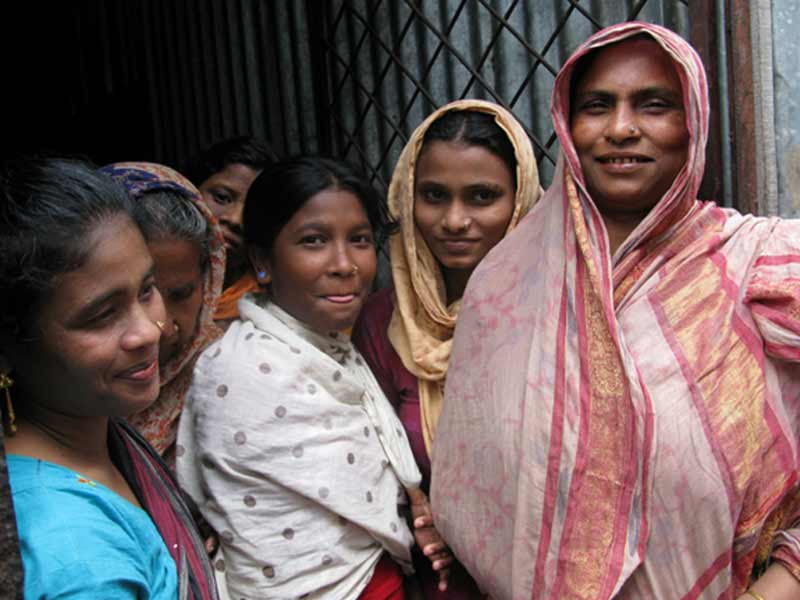
Right now, one child is being pushed into severe, life-threatening malnutrition every minute.
Globally, nearly one-third of all children under five are malnourished, and it’s getting worse. This is a serious problem. Children who are malnourished often suffer from impaired physical and cognitive development, and are susceptible to more severe health problems later in life. This hurts the economic and social development of their communities, their countries, and the world.
Yet, it’s not as though the global community isn’t trying to address the problem; they are.
The question is, why are they failing?
A lack of child nutrition data
Every year, governments and NGOs spend millions of dollars on nutrition initiatives for children. The problem is that the data they are using to construct and monitor these initiatives is often fragmented, incomplete, or missing altogether at subregional or city level, particularly in low- and middle-income countries that need it most.
Notably, child-specific data is lacking in many regions – for example, where undernutrition may be measured in a country, data on undernutrition in children specifically, or on significant indicators like child stunting and wasting, may not be representative at city level or for slum population.
What this means is that decision makers are often “flying blind,” lacking the appropriate data to make informed decisions, track the success or failure of initiatives, and ultimately know where best to allocate resources.
So how can data on child nutrition be improved?
How to improve child nutrition data
First and most critically, data must be constructed which is both child- and context-specific, with different indicators collected for different dimensions of the problem in different contexts. Think data on both undernutrition and obesity, which often exist alongside each other, differentiated between rural and urban areas, as well as low- and high-income households.
Here, maternal malnutrition data, which itself is badly lacking, should also be considered, since the health of a mother during pregnancy has a significant impact on her child.
Going further, in order to ensure that the data being created is exactly what’s required, collaboration must be facilitated at international, national, and local levels. This means national and subnational governments, NGOs, and local stakeholders are included in setting priorities, as well as measuring and interpreting results.
For child nutrition in particular, this means including stakeholders like schools and healthcare providers in the collaboration process, which not only builds better data, but community support.
Investment in child nutrition data is urgently needed
In a world where in the time it took to read this blog two or three more children were pushed into severe malnutrition, investment into improving child nutrition data is urgently needed so that decision makers are no longer flying blind in their attempts to address the problem.
The good news is, it’s a circle. An investment in creating better data allows for the creation of better programs and the more tangible measurement of success, which in turn stimulates more investment.



